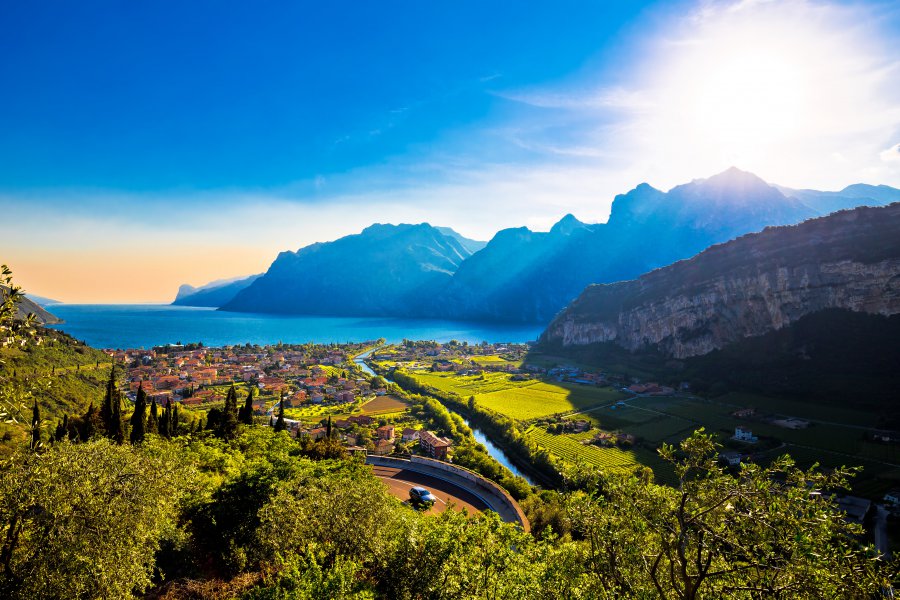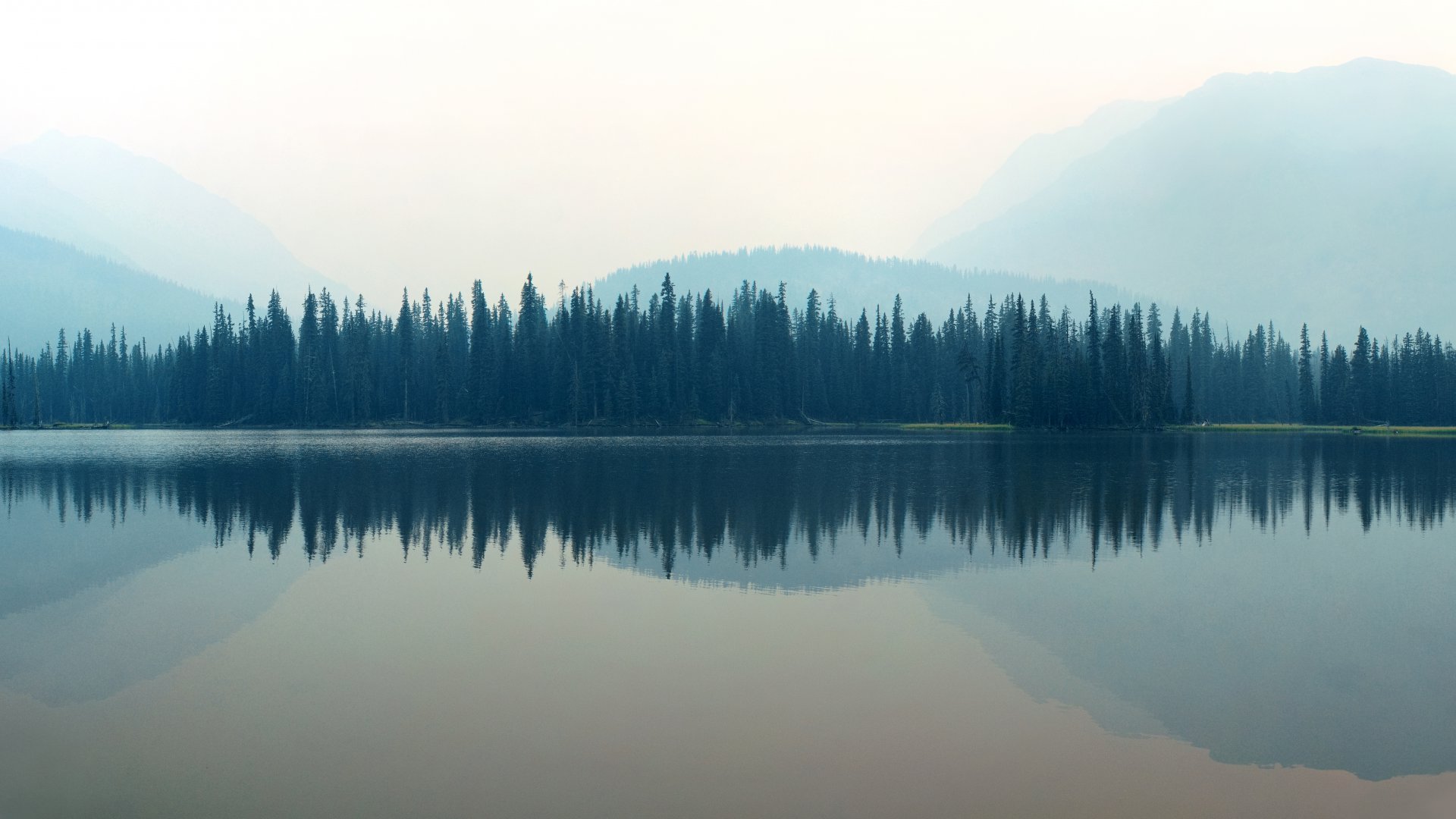
For about 20 years, the University of Trento has been involved in the study of lakes in Trentino and around the world, with the aim of understanding and explaining how climate change, winds and thermal stratification alter both water quality and the aquatic ecosystem. The University conducts its research with the support of the DICAM (Department of Civil, Environmental and Mechanical Engineering) limnology group, which specifically analyses the lakes’ hydrodynamics and works in partnership with universities from all over the world (including Switzerland, The Netherlands, Germany, the United States, Norway and Finland).
Data collected by Trentino researchers and the three-dimensional models developed by them provide important information to biologists, ecologists and climatologists, and are of help to public institutions, first and foremost the Autonomous Province of Trento, in defining lake protection and management policies.
Climate Change and Mixing in Lakes
Lakes are water bodies whose water retention time can be very long. In a lake, water renewal takes place by means of the inflow and outflow of tributary/emissary rivers, and through vertical mixing, which can occur once a year (in the case of monomictic lakes), twice annually (in dimictic lakes) or irregularly (in oligomictic lakes). Mixing occurs when the water temperature at the surface reaches the same temperature or becomes colder and denser than the temperature at the bottom (for example, between the end of autumn and the first days of spring), causing water to sink to the bottom.
Proper mixing is crucial because it promotes the exchange of oxygen and nutrients among different water layers in the lake. Generally, oxygen tends to remain mainly at the surface, while organic substances and nutrients resulting from the death and decomposition of aquatic plants, algae and microorganisms accumulate at the bottom. When the lake waters mix, the deep waters poor in oxygen and rich in nutrients are brought to the surface, thus balancing the overall ecosystem.
Studying these dynamics is important because they are greatly affected by climate. Let’s take a look at a monomictic lake. It may happen that, due to global warming, winter surface water temperature is too warm, thus not becoming lower than the temperature in the deeper layers, and, therefore, the lake cannot fully mix. If this occurs over a period of many years, the oxygen is progressively depleted and nutrients accumulate at the bottom of the lake. When the lake finally mixes again, those waters with bad quality due to the long time spent at the bottom will rise to the top, plunging the entire ecosystem into disarray (for example, causing fish kills due to the scarcity of oxygen, or promoting intense and potentially harmful algae blooms).
The Lake Garda Study
Lake Garda is one of the most interesting case studies of the limnology group of the University of Trento. In this lake, massive amounts of data have been gathered by researchers from Trento as well as by from other research centres and local environmental protection agencies. Thanks to this dataset, the group at DICAM has created a three-dimensional hydrodynamic model. With this model the researchers studied how lake water interacts with the atmosphere and the wind, how currents develop and how the lake responds to climate change.
Having models is essential to fully understand the mechanisms regulating the dynamics of lakes because:
- It is not possible to obtain three-dimensional hydrodynamic information by measurements made in the field.
- Models allow the simulation of realistic and future scenarios (for example, the absence of the Earth’s rotation or the effect of global warming on the vertical mixing of lakes).
- Different simulations make it possible to explain some phenomena and mechanisms that may be familiar to lake users and local experts, but whose reasons cannot be easily explained.
Field Work and Partnership with the University of Utrecht
In addition to modeling, the University of Trento also conducts important experimental work in the field, which allows evaluating the phenomena at hand in detail, with a particular focus on turbulent mixing and stratification in lakes.
In order to gather field data, the limnology group also relies upon international partnerships, such as the one established five years ago with the University of Utrecht. Together with their Dutch colleagues, the Trentino researchers use a sophisticated turbulence microprofiler, which allows them to monitor with millimetric resolution turbulence and the main water quality variables in the upper 100 meters of the water column. This instrument was also used in Lake Garda and, among other results, it allowed observing secondary circulation phenomena determined by the Earth’s rotation in presence of persistent and strong winds blowing unidirectionally. These direct observations provided an additional element for the validation of the modeling results.
Other phenomena studied in Lake Garda with the micropofilator include:
• Breaking of internal waves on the slopes of a submerged canyon in the Veneto region.
• Intrusion dynamics of turbidity currents during the periodic openings of the Adige-Garda diversion tunnel.






